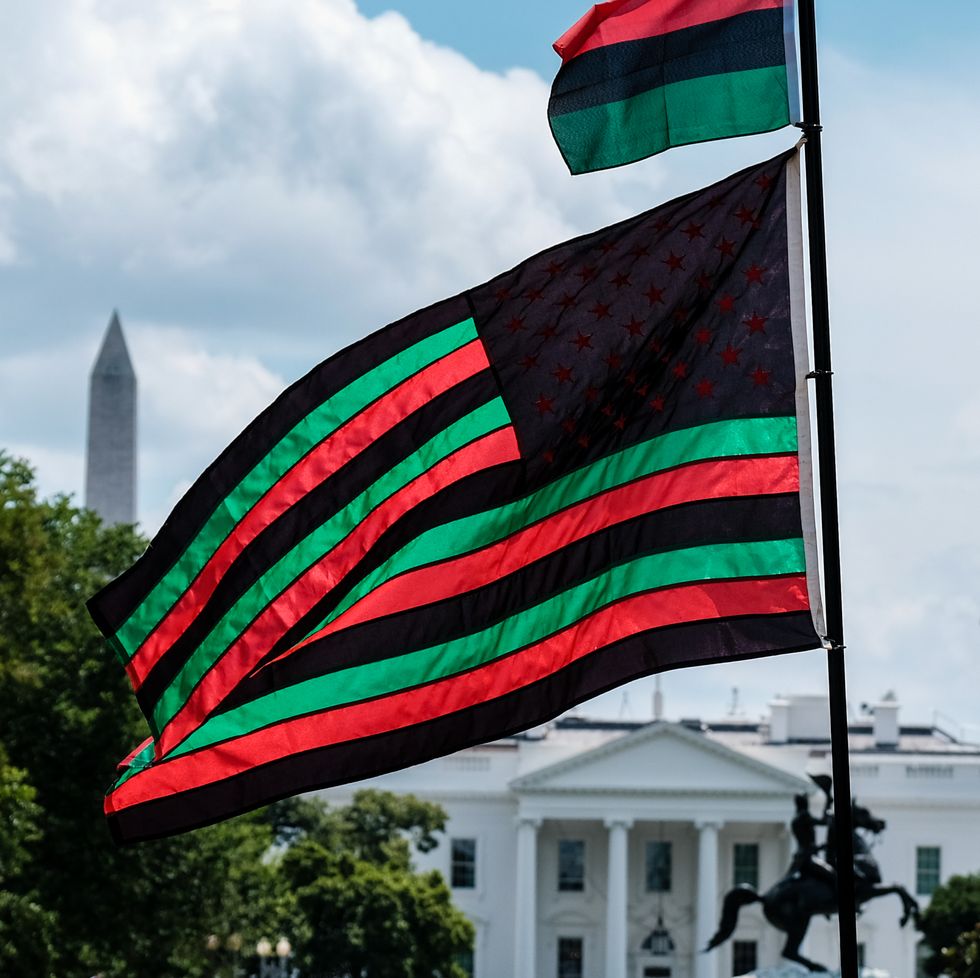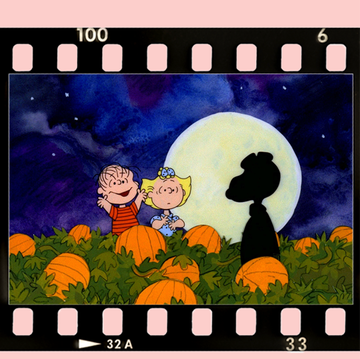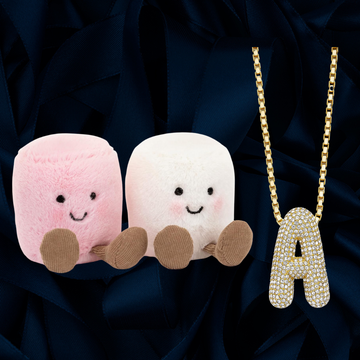The Declaration of Independence was officially signed on July 4, 1776, but it would be nearly a century later until all Americans were legally free. While slavery was abolished by President Abraham Lincoln in January 1863, Black labor continued to be exploited in Texas until the last remaining enslaved people learned of their freedom on June 19th, 1865 — two years after slavery had officially ended.
The following year, Black Texans celebrated the Emancipation Proclamation that led to the end of slavery and the 13th Amendment with Jubilee Day festivities. The first few Jubilee Day celebrations were used to help Black Americans understand politics and voting.
Though the true end of slavery was long celebrated on June 19th by Black Americans, especially Texans, Juneteenth wasn't recognized as a federal holiday until President Joe Biden declared it as one on June 7, 2021.
Today, Juneteenth is recognized throughout the country as a significant day in American history. However, it’s more than just another day that schools and businesses get a reprieve from business as usual. Its historical significance is honored and represented through the use of flags, colors and symbols. It also sheds light on the ongoing racial injustices and inequalities that persist for Black Americans.
What are the colors of the Juneteenth flag?
It’s not uncommon to see two flags displaying the colors red, white and blue at state capitol buildings during June. One is the traditional American flag and the other is the official Juneteenth flag.
The Juneteenth flag was created in 1997 by Boston Ben Haith, founder of the National Juneteenth Celebration Foundation (NJCF). Haith and collaborators Verlene Hines, Azim and Eliot Design came up with the concept of the flag, and Boston-based illustrator Lisa Jeanne Graf brought their red, white and blue vision of a zigzag shape surrounding a star to life. In 2000, the flag was revised into the version we know today, according to the National Juneteenth Observation Foundation. Seven years later, the date “June 19, 1865” was added.
"The Juneteenth flags represent the history and freedom of the American Slaves and their descendants," writes Graf on her website.
Despite being instrumental to the birth of the United States, Black Americans were long regarded as only ¾ of a person. Therefore, they weren’t treated humanely or even considered American citizens. The red, white and blue colors communicate that the enslaved Americans, and their descendants, were all Americans.
What do the symbols of the Juneteenth flag mean?
While the colors of the Juneteenth flag run deep with meaning, the significance of the design goes beyond that.
- The star in the center is a representation of Texas, known as the Lone Star state. Its inclusion was important because Galveston, Texas is where the last remaining enslaved people learned that the Emancipation Proclamation ended slavery two years prior.
- The star also symbolizes the freedom of all Black Americans throughout the country. The burst around the star represents Black Americans' new-found freedom and a new beginning. The nova aligned with the design because, much like with those freed from enslavement, it takes an “explosive event” to give birth to a new and brighter star in the sky.
- The arc that runs through the center of the flag symbolizes hope on the horizon and new opportunities for Black Americans.
What about the Pan-African flag?
You may also see a red, black and green flag flying at Juneteenth celebrations. That's the Pan-African flag, adopted by the Universal Negro Improvement Association (UNIA) at a conference in New York City in 1920. The UNIA drafted and adopted the Declaration of Rights of the Negro Peoples of the World on August 13, 1920 at New York City’s Madison Square Garden. It included the declaration that red, black and green (also called RBG) be the colors signifying the African race. Those three colors represent the blood, soil and prosperity of Africa and its people, according to the Pan-African Alliance.
- Red represents the millions of Black men and women who have lost their lives. We remember not only civil rights leaders like Malcolm X and Martin Luther King Jr., but also people who have been killed in recent years, including George Floyd, Breonna Taylor, Trayvon Martin, Elijah McClain and Ahmaud Arbery, among others.
- Black represents melanin, the soil of the Nile valley and the unification of the African diaspora. "Black compels us to remember that we Black men and women are all unified as members of one family," says the Pan-African Alliance.
- Green stands for fertility, productivity and prosperity as well as the fertile cradle of Africa.
The significance of red on Juneteenth tables
The color red is notably seen in places beyond the flag. You may recognize the use of red in literature, apparel, and decor associated with Juneteenth and Black pride. Red symbolizes the bloodshed by enslaved ancestors due to the transatlantic slave trade, explains James Beard Award winner Adrian Miller, author of Black Smoke: African Americans and the United States of Barbecue. Though less commonly acknowledged, red is also recognized as a royal color in some African societies.
Which red foods are included in Juneteenth celebrations?
The Juneteenth meal just isn't complete without an assortment of red foods and beverages. Red beans and rice washed down with strawberry soda or red Kool-Aid have become staples in Juneteenth gatherings. Historically, red drinks in particular date back to two drinks carried across the Atlantic from West Africa by enslaved people: hibiscus drinks and cola. Strawberry salads and red velvet cake are also known to round out a Juneteenth menu. Even barbecue itself can bring that red connection, especially in tomato-based sauces or the reddish ring around properly smoked meats. More important than the red foods associated with barbecue is the communal aspect. The joyful unity is significant to the group effort in acknowledging history and cementing a brighter future.
How can I celebrate Juneteenth respectfully?
Juneteenth is traditionally celebrated with a cookout, where families and friends gather around the almighty grill (or barbecue pit, if you're lucky). But Juneteenth isn’t just Black History. It’s American history, and should be celebrated as such. Many companies sell apparel, food and beverages like hibiscus tea for use during Juneteenth festivities, but it’s best for those without Black ancestors to avoid indulging. Instead, amplify the creations of Black individuals.
While Juneteenth is recognized as the end of slavery and the beginning of freedom for enslaved Americans, it has also become symbolic of the continued struggle for racial justice. Black Americans are more likely to have limited access to the financial resources that would afford them freedom due to systemic racism. As such, Americans can honor the holiday with clear conscience by engaging in social justice initiatives, donating to charities dedicated to the empowerment of Black people and purchasing from Black-owned businesses. It’s also not uncommon for some to openly share their links to monetized platforms like Patreon or personal Cashapp accounts so people can give freely. Other options include attending Juneteenth-related festivals, reading about moments of significance in Black culture, and visiting museums. Finally, you can pledge to continue standing up against the injustice of Black Americans well beyond Juneteenth festivities have ended. Meaningful change with a lasting impact requires continuous effort.

Terri Huggins Hart is an award-winning journalist, lifestyle writer, parenting writer, and race and culture writer who is convinced she's figured out the trick to living life with no regrets: do what you love, give love, lead with love. She's also the writer of an active monthly newsletter sharing tips for motivation and emotional well-being. When not writing, she can be found working out via Zumba or pole dancing, reciting her favorite affirmations and covering her adorable kids in kisses. You can learn more about Terri on her website, TerrificWords.com, or following her on social media @terrificwords.















